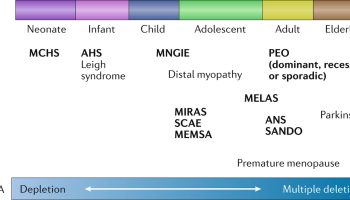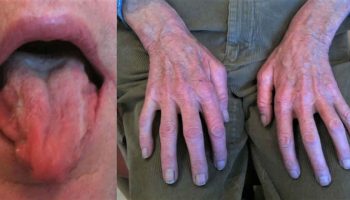Femoral anteversion
Femoral anteversion also known as excessive femoral torsion, pigeon toe or parrot toe, is an inward twisting of the thigh bone, also known as the femur (the bone that connects the hip to the knee). Femoral anteversion causes the child’s knees and feet to turn inward, or have what is also known as a “pigeon-toed” appearance. Femoral anteversion is typically detected when the child is 4 years to 6 years old. Children with femoral anteversion often sit in the “W” position, with their knees bent and their feet flared out behind them. Intoeing is also often noticed by parents when their child begins to walk, but it may be present in different aged children for different reasons.
When the child is first learning how to walk, femoral anteversion can create an intoeing appearance. As the knees and feet turn in, the legs look like they are bowed. The bowed leg stance actually helps the child achieve greater balance as they stand. Balance is not as steady when they try to stand and walk with their feet close together or with their feet turned out. This may cause them to trip and fall.
Femoral anteversion usually spontaneously improves in almost all children as they grow older. Femoral anteversion does not increase the risk of arthritis of the hip. Spontaneous improvement in the anatomic position can occur up to the age of 8 years, and further correction can be achieved by improving the gait through conscious effort until adolescence. The natural history of femoral torsion is to resolve by the time the patient is aged 8-9 years. Beyond this age, all remodeling will have occurred, and any further correction is due to a conscious modification of posture. In severe cases, braces may help with the problems related to femoral anteversion. Studies have found that special shoes, braces, and exercises do not help.
Surgery is usually not considered unless the child is older than 9 or 10 years and has a severe deformity that causes tripping and an unsightly gait. When indicated, surgery for femoral anteversion involves cutting the femur and rotating it into proper alignment.
What is normal femoral anteversion?
Normal femoral anteversion is 40º in the newborn and decreases to 10º by the age of 8 years 1. The acetabulum is angled forward 15º.
Femoral anteversion causes
Femoral anteversion can be the result of stiff hip muscles due to the position of the baby in the uterus. Femoral anteversion is also brought about by increased intrauterine pressures, causing undue pressure in areas of growth. In these cases, the neck of the femur is rotated inwards, which rotates the greater trochanter posteriorly. The resulting in-toeing becomes more evident with age, as there is a physiologic external rotation of the hip during toddler development 2.
Femoral anteversion also has a tendency to run in families. Typically, a child’s walking style looks like that of his or her parents.
Femoral anteversion symptoms
The turned femur causes both the knees and feet to turn inward, creating an appearance that’s often described as “pigeon-toed”. It may make walking and balancing difficult and cause falls.
Femoral anteversion diagnosis
The diagnosis of femoral anteversion is made by a history and physical examination by your child’s doctor. During the examination, the doctor obtains a complete prenatal and birth history of the child and asks if other family members are known to have femoral anteversion. Generally, no X-rays are necessary.
Femoral anteversion treatment
Specific treatment for femoral anteversion will be determined by your child’s doctor based on:
- Your child’s age, overall health, and medical history
- The extent of the condition
- Your child’s tolerance for specific medications, procedures, or therapies
- Expectations for the course of the condition
- Your opinion or preference
The twisting in of the thigh bone usually improves with time. As the child grows, normal walking patterns typically resume by 8 years to 10 years of age.
Occasionally braces or special shoes are prescribed by the doctor, but most studies have not found these treatments to help.
Femoral anteversion prognosis
Long-term outlook for a child with femoral anteversion is very good. Many cases correct themselves as the child grows. On rare occasions, femoral anteversion can be severe and surgery may be required to straighten the thigh bone.
It is important to know that femoral anteversion typically does not lead to arthritis or any other future health problems.





